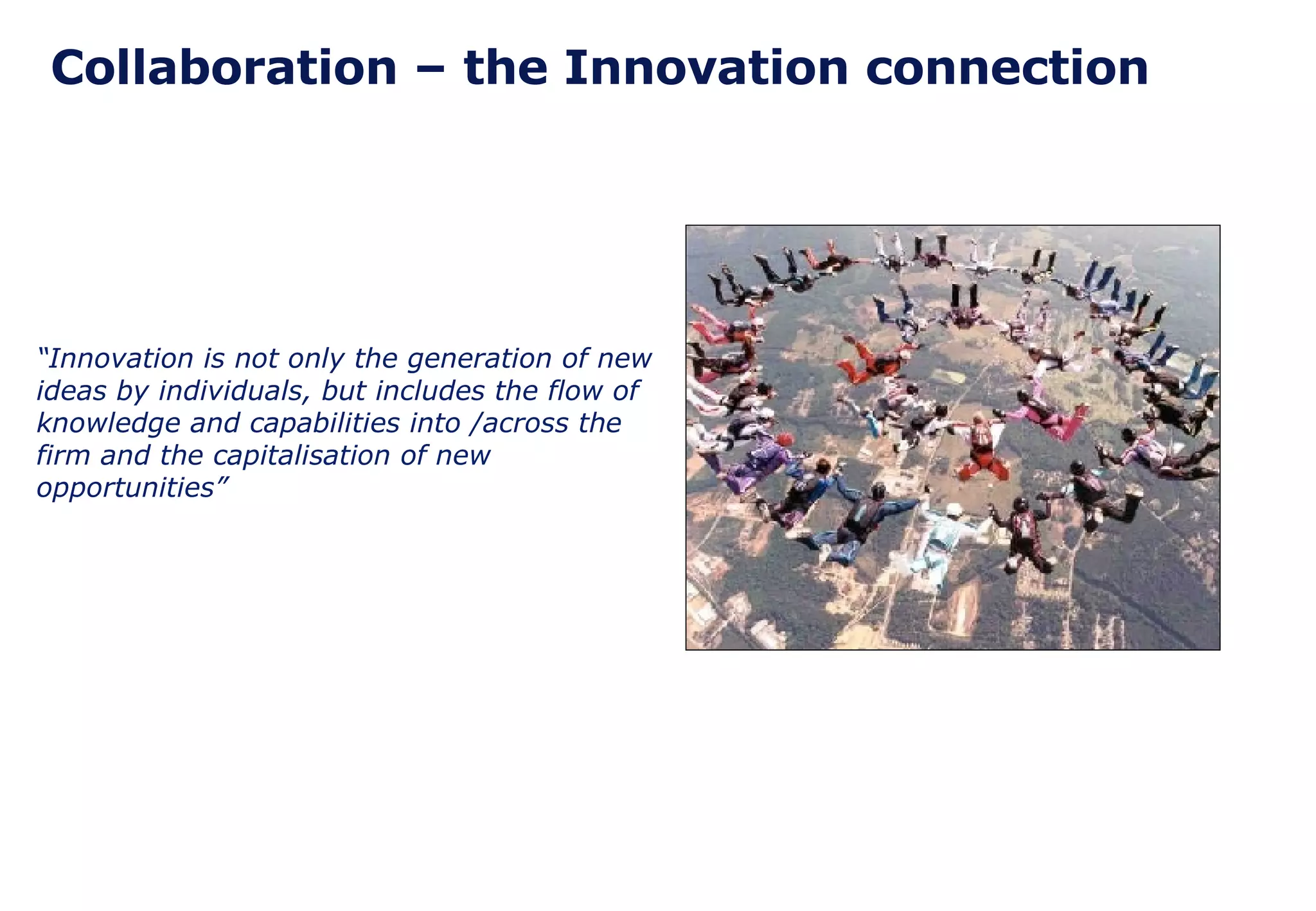The document discusses the evolution of globalization and the rise of Web 2.0 technologies and their impact on knowledge management. It notes that globalization has shrunk the world from a large to tiny size and flattened the playing field. Web 2.0 allows for more collaboration and relationship-based knowledge sharing through social networks and user participation. This represents a shift from traditional knowledge management focused on content and collection to a new model emphasizing context and connection.






























